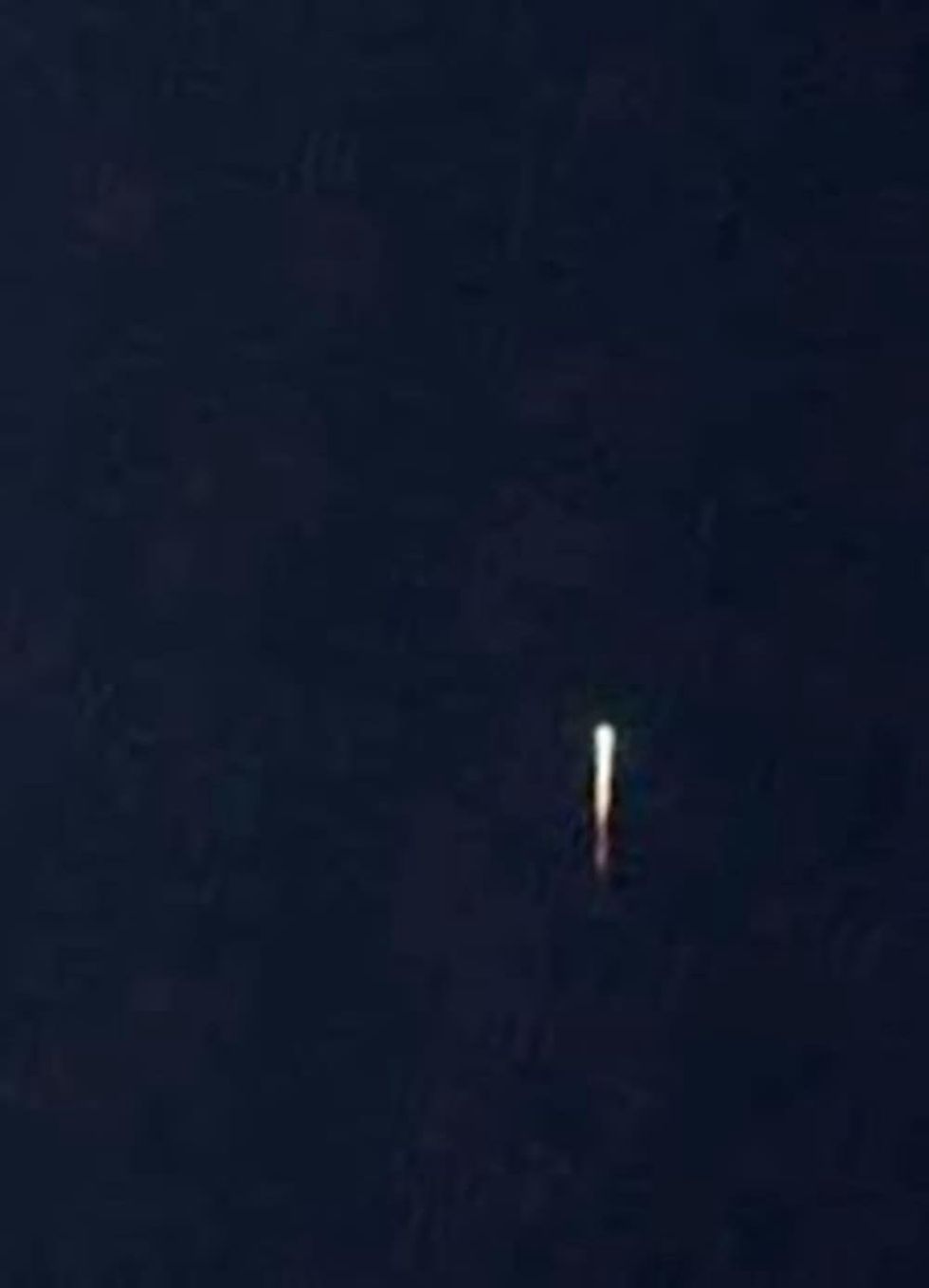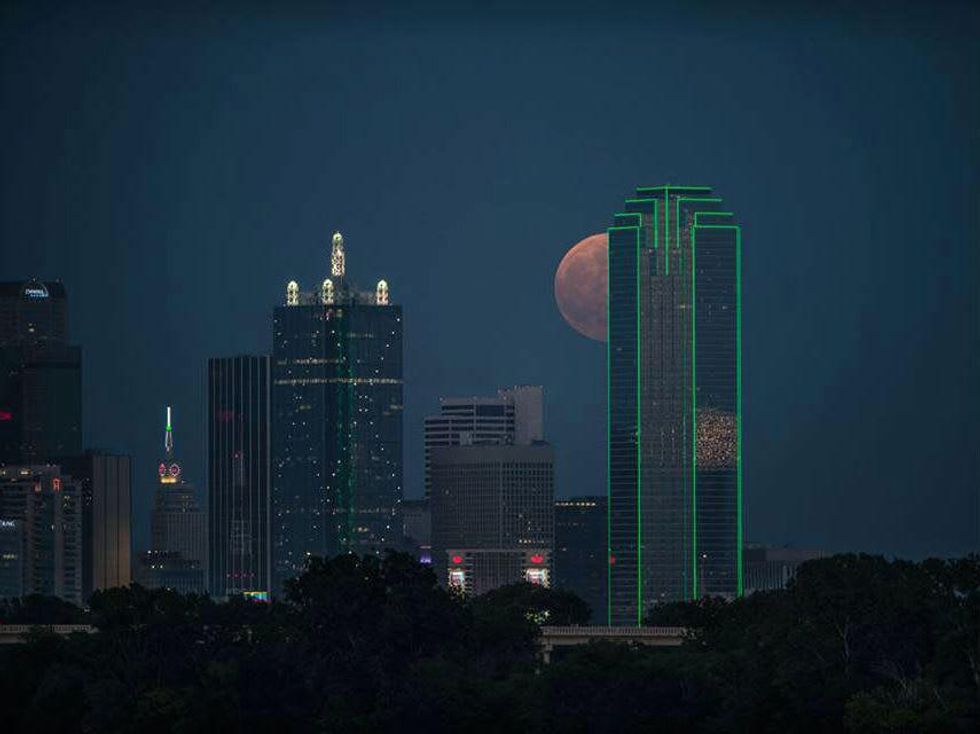Night Sky Display
Meteor splits in two over moonstruck Dallas sky
Jul 13, 2014 | 12:34 am
A meteor crossed the sky over North Texas on July 12 at 9 pm, enthralling many around Dallas who watched as it split into two before its inevitable fade. From Denton to Waxahachie, from Lake Ray Roberts to Lake Tawakoni, night-sky viewers witnessed what some described as a double meteor, with two streams of blue-green light racing across the sky to the west.
Many were already watching the sky to catch what was the first peregee perigee moon, aka Supermoon, of 2014. According to Dallas photographer David Worthington, who was lying in wait to photograph the moon against the Dallas skyline, the moon became visible at 8:55 pm. The meteor emerged less than 10 minutes later.
Midlothian resident Mike Prendergast was moon-watching with friends when they spotted what they first thought was an airplane.
"It was a couple minutes after 9 pm, and we saw a light coming out of the Southeast," Prendergast says. "At first, I thought it was a plane because it was pretty bright. But it was moving so quick. We probably saw it for a good 15 seconds because it was coming right at us. It was one light coming, but then it broke into two. We could see a tail on it before it slowly melted away."
Prendergast, a hobbyist storm-chaser, quickly reached for his cellphone and grabbed a video. "I try and catch tornadoes on video all the time, but I step outside my house and catch something more elusive than those," he says.
Prendergast described it "blue-ish" in color; others described it on Facebook as green or blue green. One viewer in DeLeon said that it consisted of two white lights that looked like they split.
On the DFW.Scanner Facebook page, witnesses weighed in from Waco, Shiner, Brownsboro, Lampasas, Austin and even one interloper from Corpus Christi. A few attendees at the Rascal Flatts show at Gexa Pavilion spotted it split overhead in the sky.
Photographer Ben Sandifer was taking photos of the moon rising when he spotted a bright white light approached rapidly from the southeastern sky. He presumed it was a landing light for an airplane approaching Love Field.
"It instantly struck me as odd, as aircraft never land with the wind, which was to the southeast that evening," he says. As the meteor broke into pieces, he swung his camera around and fired off some shots. The best photo that emerged shows the meteor at an odd angle, as if it were shooting up from the ground.
"I guess that's the curve of the Earth that creates an optical illusion of sorts," he says.
The American Meteor Society logged nearly 100 sightings, from as far east as Louisiana and as far north as Allen. More astronomical activities are predicted for the month of July, including meteor showers from July 12 to 29.





 The Gibson is now open. Photo courtesy of The Gibson
The Gibson is now open. Photo courtesy of The Gibson